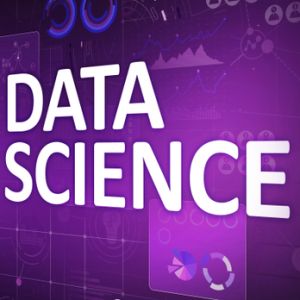Ten basic concepts of data science a beginner should know about.Posted by mallik on July 7th, 2022
One of the most important areas of data science is data visualization. It is one of the most important tools for analyzing and studying relationships between different variables. Scatter plots, line graphs, bar plots, histograms, Q-Q plots, smooth densities, box plots, pair plots, heat maps, and other data visualization tools.
An outlier is a data point that deviates significantly from the rest of the dataset. Outliers are:
Outliers can sometimes indicate something real, such as a system malfunction.
Most datasets contain missing values. Throwing away the data point is the simplest solution for dealing with missing data. Various interpolation techniques can be used to estimate the missing values in the dataset.
Data scaling improves the data model's quality and predictive power. Normalizing or standardizing real-valued input and output variables allows for data scaling. Normalization and standardization are the two types of data scaling available.
Large datasets with hundreds or thousands of features frequently result in redundancy, particularly when features are correlated with one another. Overfitting can occur when a model is trained on a high-dimensional dataset with too many features. Principal Component Analysis (PCA) is a statistical method for extracting features.
Finding the feature subspace that optimizes class separability and lowers dimensionality is the aim of linear discriminant analysis. Hence, LDA is a supervised algorithm.
The dataset is frequently partitioned into training and testing sets in machine learning. After training on the training dataset, the model is tested on the testing dataset. As a result, the testing dataset serves as the unseen dataset, from which a generalization error can be estimated.
These machine learning algorithms learn by examining the relationship between feature variables and known target variables. There are two types of supervised learning: continuous target variables and discrete target variables.
Unsupervised learning deals with unlabeled data or data with an unknown structure. Unsupervised learning techniques can be used to explore the structure of data in order to extract meaningful information without the guidance of a known outcome variable or reward function.
The goal of reinforcement learning is to create a system (agent) that improves its performance based on interactions with its environment. Because information about the current state of the environment usually includes a reward signal. Now that you are familiar with basic data science concepts, you can now begin your career with Learnbay’s data science course in Chennai, co-powered by IBM. If you’re a working professional and want to leverage your skills in this exciting field, Learnbay can be the best place.
Like it? Share it!More by this author |


